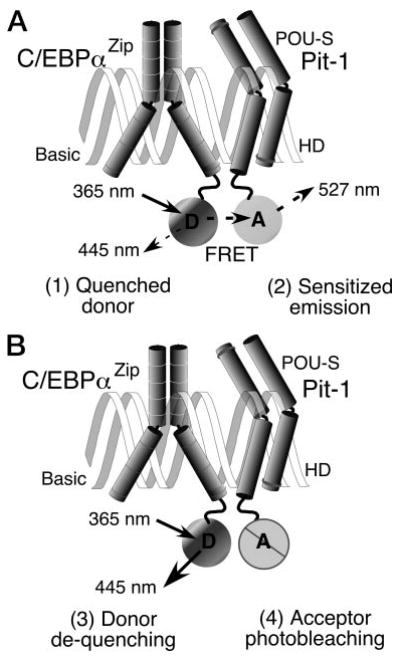Fig. 3. FRET Microscopy Improves the Optical Resolution.

The diffraction of light limits the resolution of the microscope to 200 nm, and objects that are closer together than this will appear as a single object. A, It is possible to realize a 50-fold increase in spatial resolution by using the technique of FRET microscopy. FRET is the radiationless transfer of energy from a donor fluorophore (D) to nearby acceptors (A), resulting in (1) quenching of the donor signal, and (2) sensitized emission from the acceptor. The efficiency of the energy transfer decreases dramatically with distance, limiting FRET to distances less than 7 nm. B, Because the donor emission is quenched with FRET, detecting the (3) dequenching of the donor signal after (4) selective photobleaching of the acceptor provides a direct measurement of FRET efficiency.
